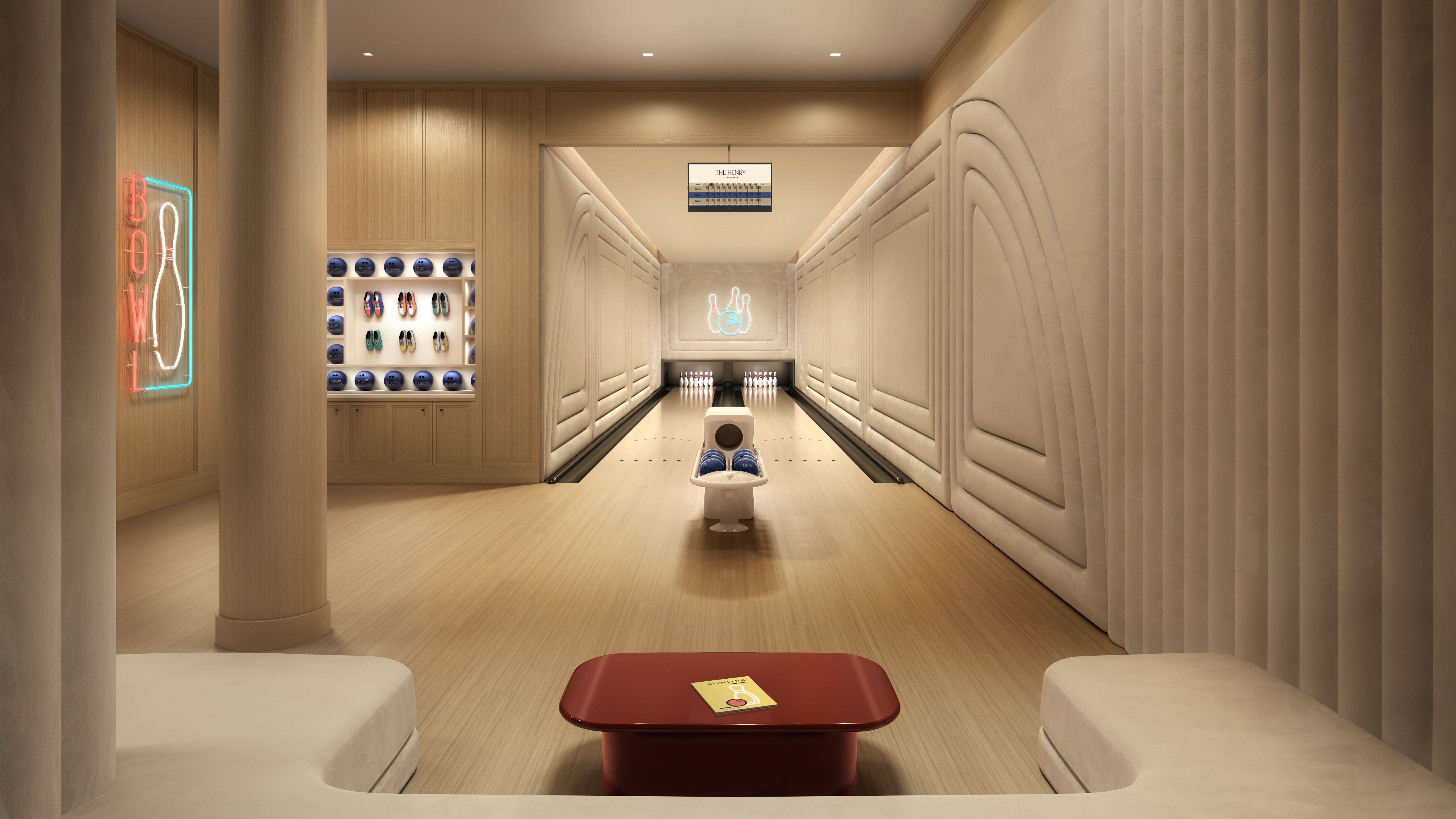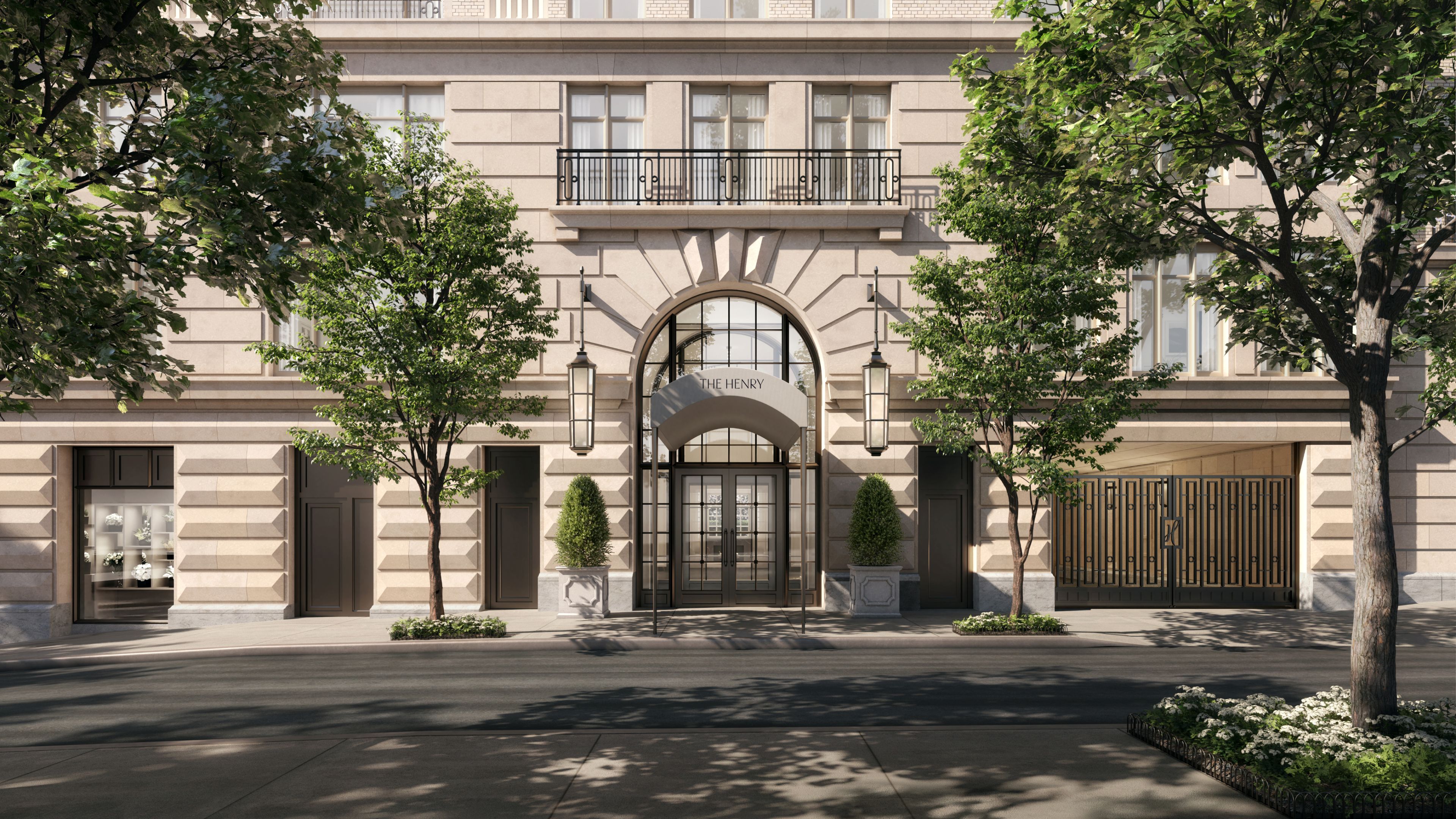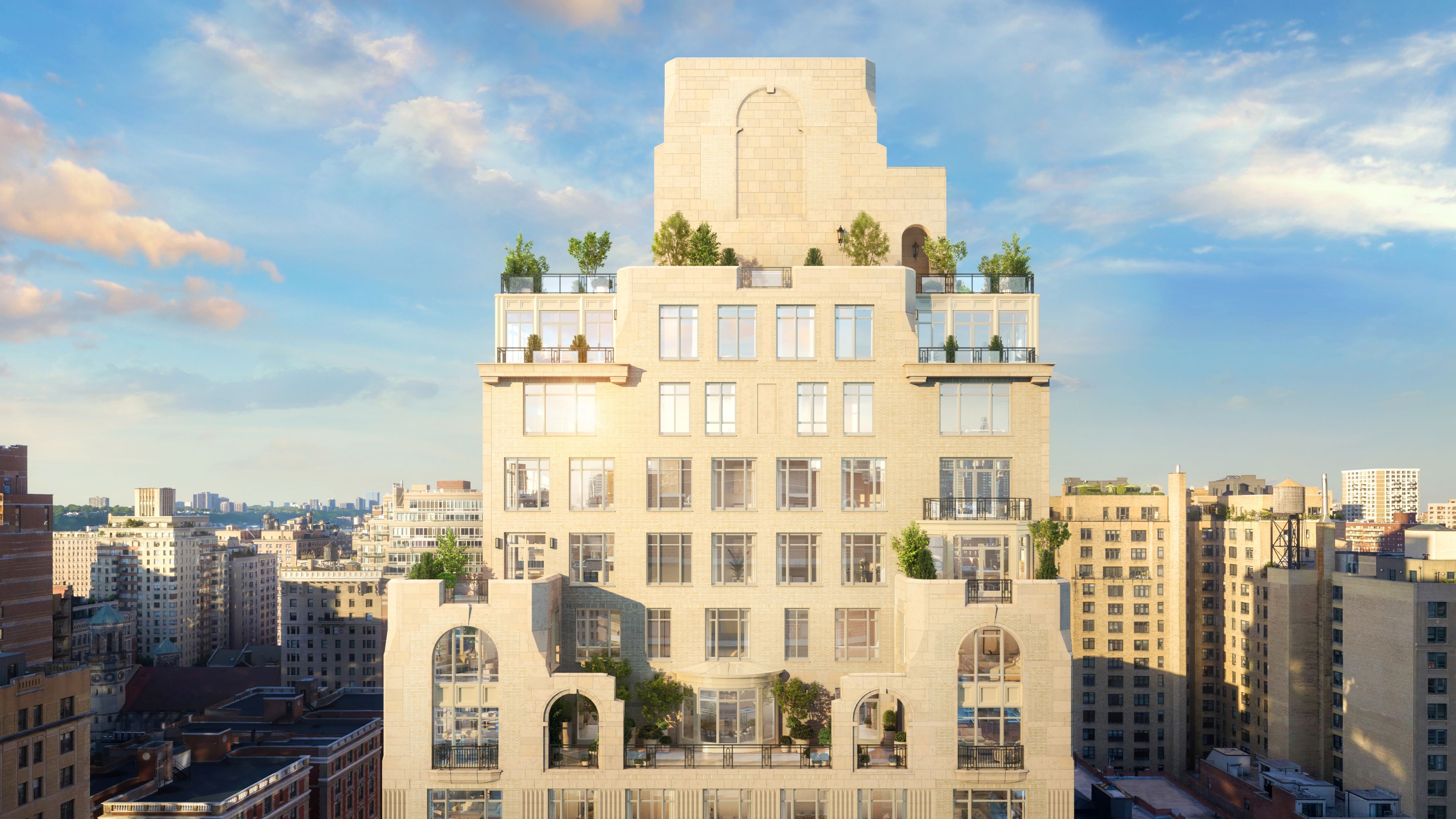Press

See 30 NYC buildings with secure Porte-Cocheres, including newly launched luxury condominiums
Months after New York’s congestion pricing plan was axed at the last minute, lawmakers are working to revive it in a way that addresses constituents’ concerns about cost and quality of life. In the meantime, it is clear that something has to be done about traffic congestion: The problem is getting worse, and a recent report from State Senator Brad Hoylman-Sigal and former New York City Traffic Commissioner Sam Schwartz (aka Gridlock Sam) shows that it is dangerous as well as inconvenient: Emergency response times have lengthened due to gridlock.This all plays out on streets increasingly crowded with cars, delivery trucks, and bikers. Several car traffic lanes have been turned into bus, bike, or pedestrian lanes, leading to less room for cars by default. Additional factors include cars and trucks parked on the street, legally or otherwise, along with drivers double-parking to wait for passengers, drop people off, or load luggage and other large objects into the cars.
This last problem has a solution at a number of residential buildings: Porte-cochere comes from the French phrase "carriage porch," and throughout New York, several of the buildings that have these covered entrances or driveways date back to a prewar era when carriages were the main means of conveyance. Cars have long since displaced horses as the dominant means of conveyance, but port-cocheres have become a key feature in New York’s luxury buildings.The prevalence of this decidedly car-oriented amenity has left some urbanites ambivalent. The New York Times noted that port-cocheres take up more space than the average apartment, suggesting that the space and resources used for these entrances and parking facilities could be better allocated to produce more housing. Additionally, while much of Manhattan does not impose mandatory minimum parking requirements for new developments, Mayor Eric Adams' "City of Yes" initiative calls for eliminating parking requirements in new buildings, a move that will allow developers to shift their resources toward building more housing.
In the meantime, port-cocheres remain a fixture at much of New York's luxury housing. On the Upper West Side, The Henry reunites developer Naftali Group with Robert A.M. Stern Architects. This boutique condominium draws inspiration from prewar architecture while offering the spacious, well-appointed apartments and extensive amenities the modern buyer has come to expect. Residents will arrive to an attended lobby with access to a private port-cochere. The first public availabilities start at $5.25 million.
A borough away, One Williamsburg Wharf represents Naftali Group's first Brooklyn condo offering. Residents are set to enjoy access to an extensive array of private amenities, not to mention the shared Williamsburg Wharf Resort & Recreation Club at the center of the master plan. A port-cochere at the entrance to the building beautifully sets the tone for the luxuries inside. According to an offering plan accepted in May 2024, prices are set to range from $700K for studios to $3.735 million for three-bedrooms.In any setting, port-cochere buildings typically have on-site parking garages, which gives residents one less thing to worry about. Celebrities and other high-profile individuals appreciate the privacy port-cocheres have to offer, and all types of residents appreciate being able to pull right up and unload their luggage, shopping bags, or other cumbersome items at the entrance with the help of the building’s staff. And even those who don’t own cars appreciate the safety and shelter of a port-cochere, especially during inclement weather. Below, we take a look at the most beautiful port-cocheres in New York City residential buildings and the availabilities inside.




